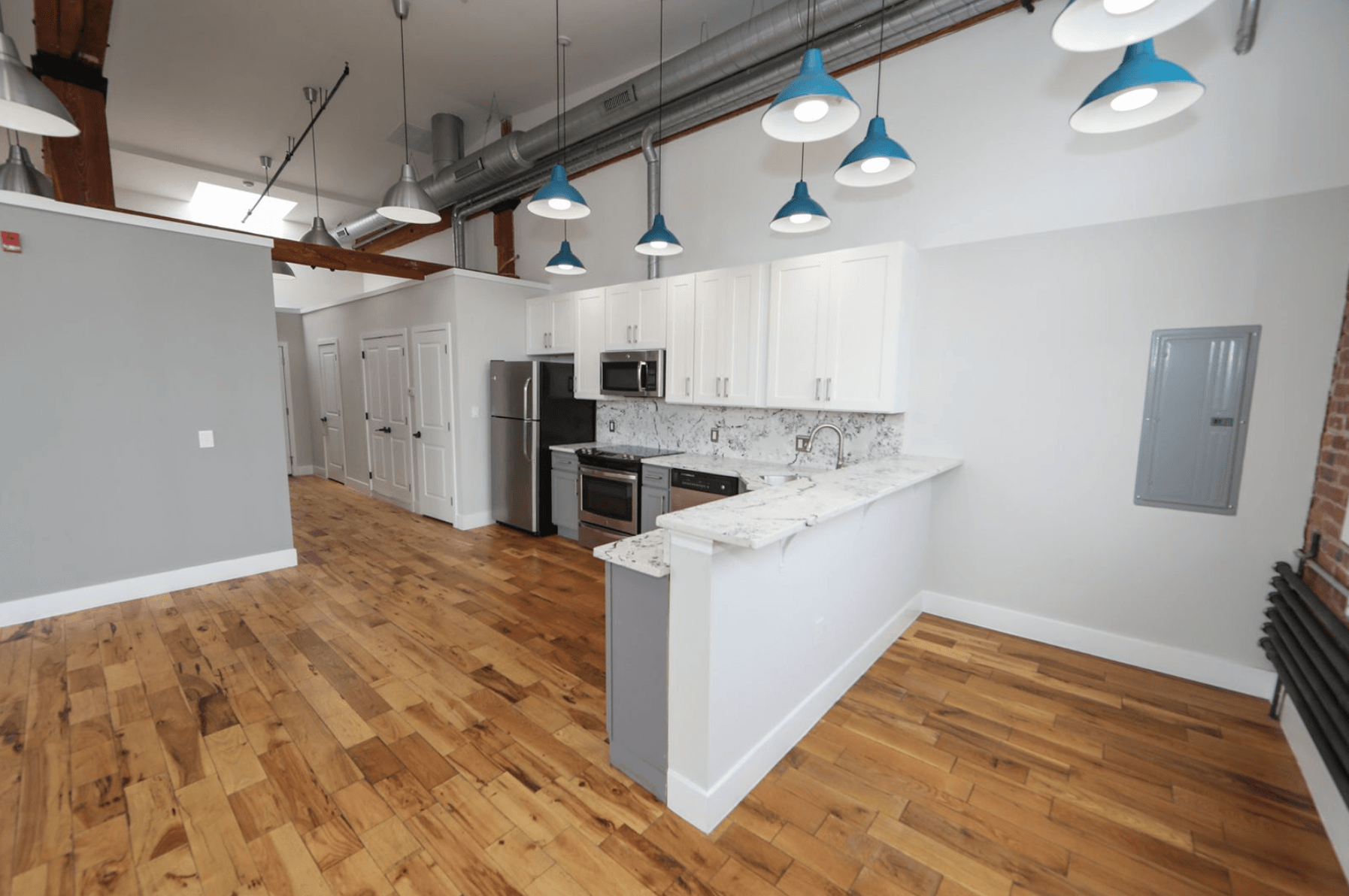Guide to Loft Apartments
When you start talking lofts, mental images explode in your mind; an industrial space, a massive room, a one-bedroom unit, etc. The possibilities seem endless in an area as unique as a loft-style apartment, which explains why they're growing in demand.
This article will provide you with an extensive overview of loft apartments, how they differ from other apartments, and more. Keep reading to answer all your loft questions!
What is a loft apartment?
Loft apartments are usually found in industrial buildings that have been turned into modern apartment complexes. A loft apartment is typically a large open space with a living area, kitchen, and sleeping space-all contained in a single room. It is similar to studio apartments in concept but much larger with additional features like high ceilings and exposed brick walls.
A loft apartment is ideal for those who love unique charm with a luxurious feel. Lofts are common in former industrial regions within urban areas, but you can also find them outside cities.
Loft vs. apartment
The main difference between a loft and a standard apartment is the way the space is divided. In a typical apartment, you'll likely find that the bedroom area is distinctively cut off from the living area. In a loft, you're more likely to see less division between the bedroom, kitchen space, living room, etc. It's very common for the bedroom to be divided by stairs, meaning the upstairs is for sleeping while the downstairs is for living.
Lofts are almost always made with a single tenant in mind. Although they do exist, you'll rarely find a loft apartment boasting multiple bedrooms.
What are the benefits of living in a loft apartment?
Living in a loft apartment hosts a lot of benefits beyond expedience and value for money.
1. Open living space
There is no doubt that lofts offer a large amount of space, giving homeowners a breath of fresh air. The enormous space also creates a flexible floor plan that elevates the lofts' overall appearance.
2. Comes with plenty of interesting features
Because lofts are revamped old buildings, they contain fascinating things like beams, ductwork, concrete floors, bricks, etc. This industrial artwork can match well with almost any style, offering some sense of history and character.
3. All amenities under one room
This is an added advantage, especially for those with reduced mobility looking for a space where they can work, live, and sleep all in the same area without jumping from room to room.
What are the cons of living in a loft apartment?
Every advantage comes with a disadvantage on hand. Here's an example of a few disadvantages:
1. Lofts can be noisy since they typically have stairs and thinner walls
2. They can be expensive
3. Lofts can look cluttered since all of your belongings are in one space
4. Your utilities, like electric bills, are likely to be pricier due to high ceilings

Finding a loft apartment
If you are looking for your dream loft, you'll have the most luck searching in urban areas and major cities. There are plenty of ways to find a loft of your choice;
Search online
There are many real estate companies, including GM Holdings, committed to offering affordable luxury lofts to potential renters. You can
view our available properties here
Ask local agents
A local agent understands every beat on loft apartments, so asking them for leads is a great idea. These agents have access to real estate databases that can help narrow your search.
Search on Facebook
Most real estate companies do heavy-handed advertisements on social media. This is another path to go when finding a unique loft.
Decorating a loft apartment
Nowadays, designing the interior of a loft has taken a new form. Here are a few tips:
1. Maintain its individuality
Embrace the history of the loft and stick to it when decorating. Industrial furnishings such as austere, window panels, and solar shades can work well.
2. Match the flow
Since lofts are open living spaces, it is a good idea to decorate them with a décor scheme and cohesive colors. Switching your theme and color palette from space to space might cause some clashing.
3. Define the space
Using partitions, sliding doors, and curtains can help break up the space and make it feel cozier and more intimate.
Conclusion
While lofts may not be for everyone, they certainly have their perks. Before you sign a lease, we recommend seeing the space in person first to get a better idea of what you have to work with.
To view lofts in Philadelphia,
click here and check out our available rental properties.
GM Holdings LLC
Office Hours





